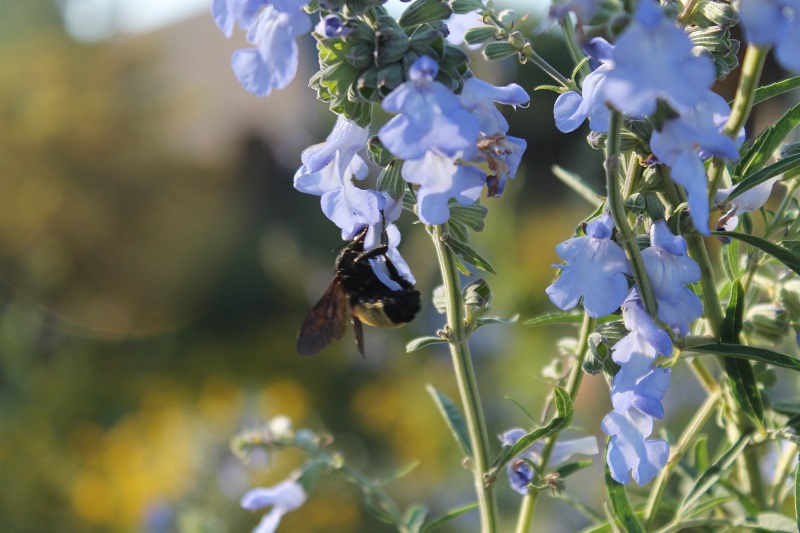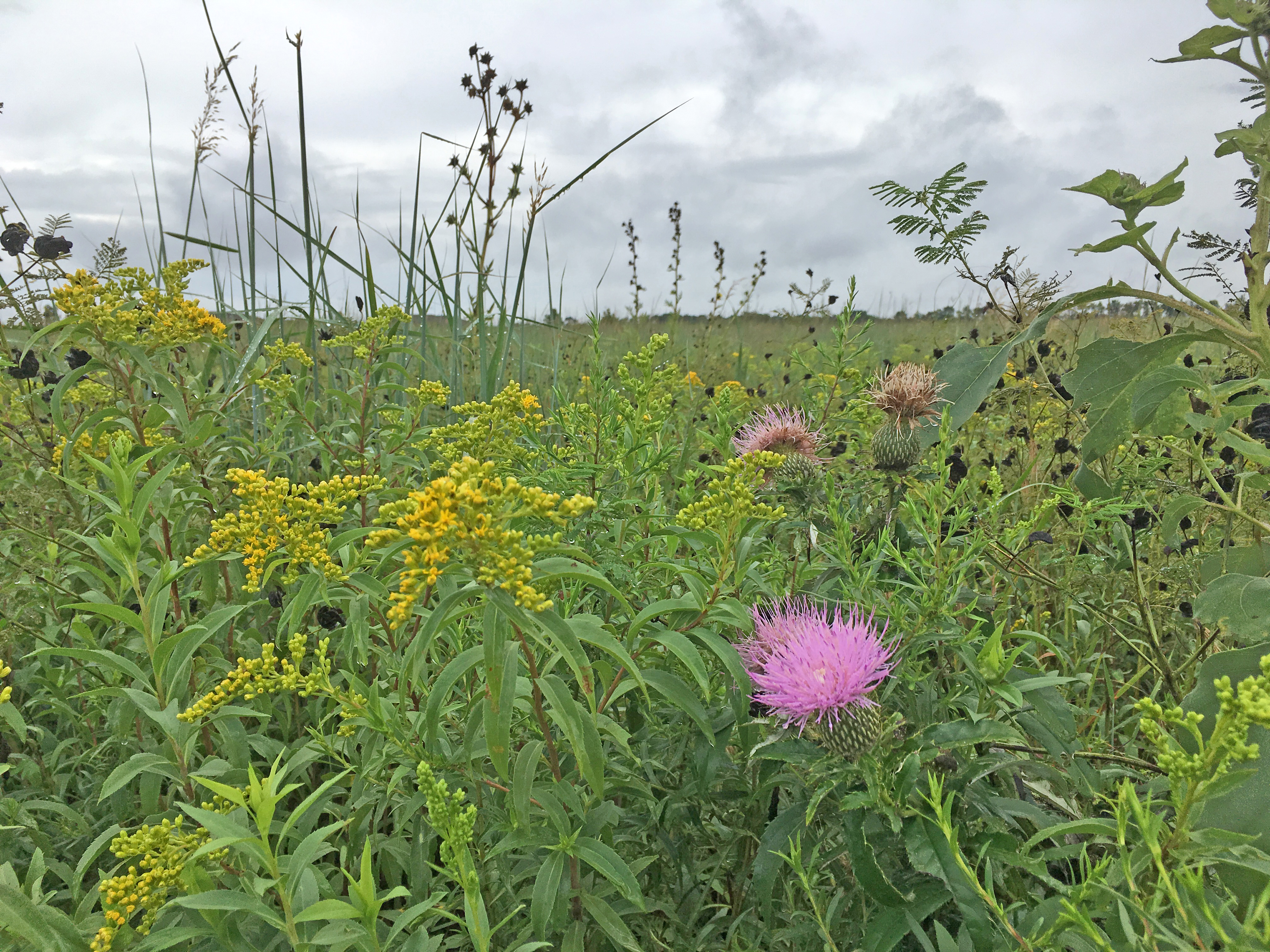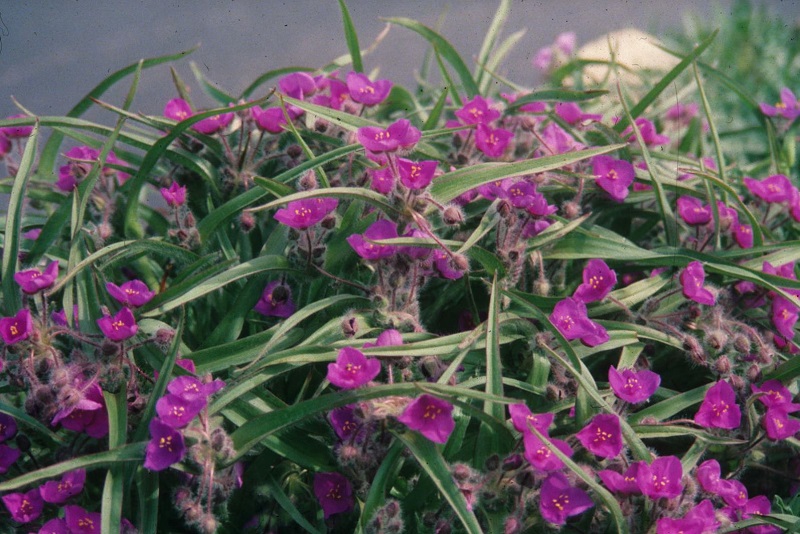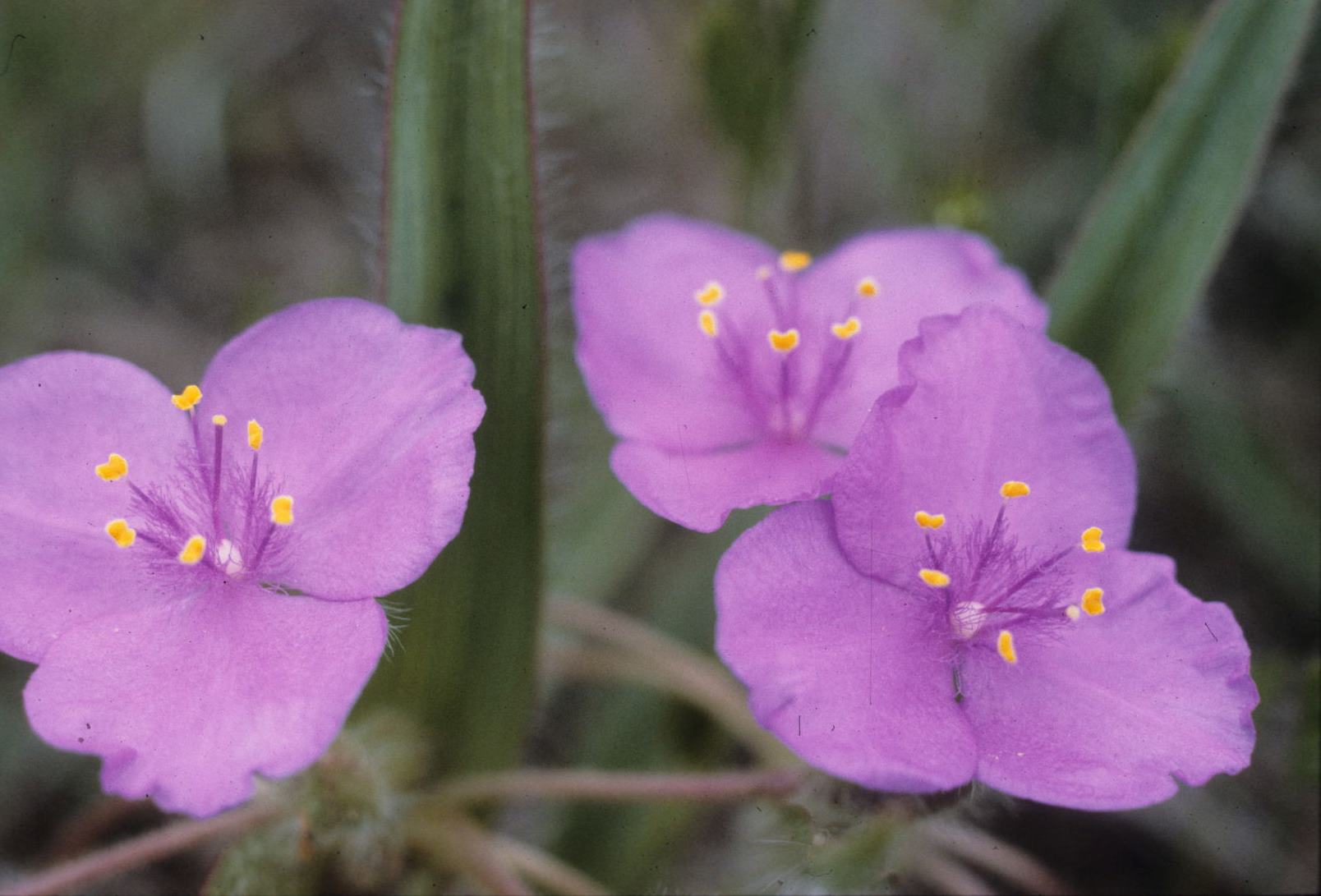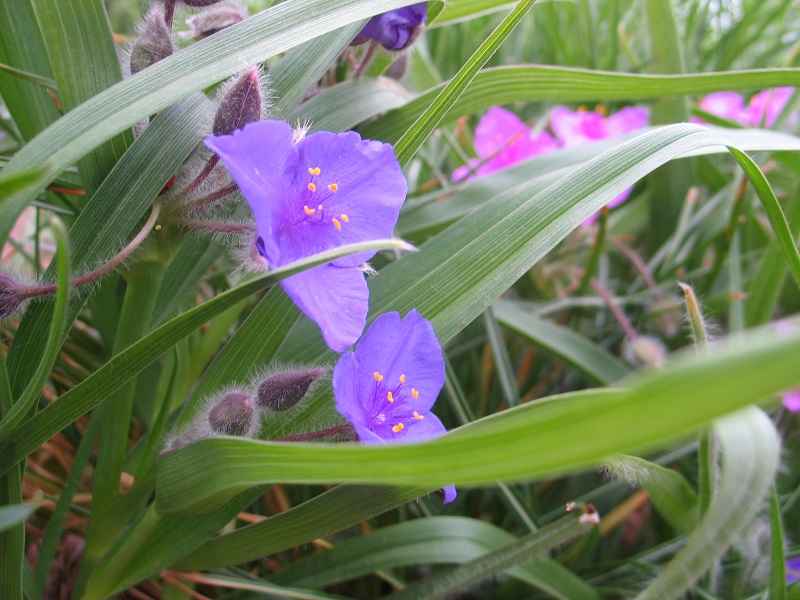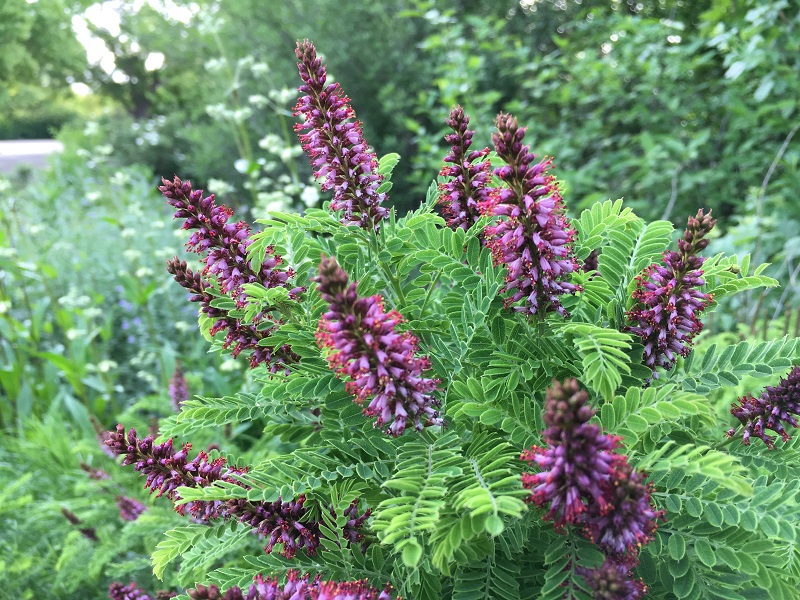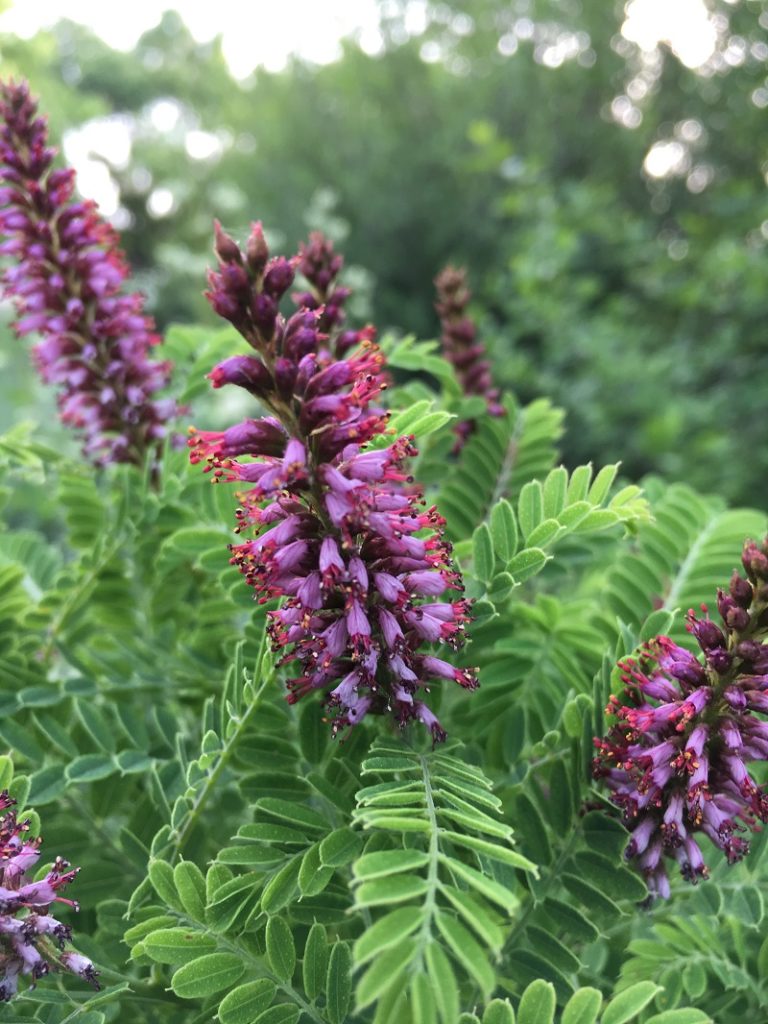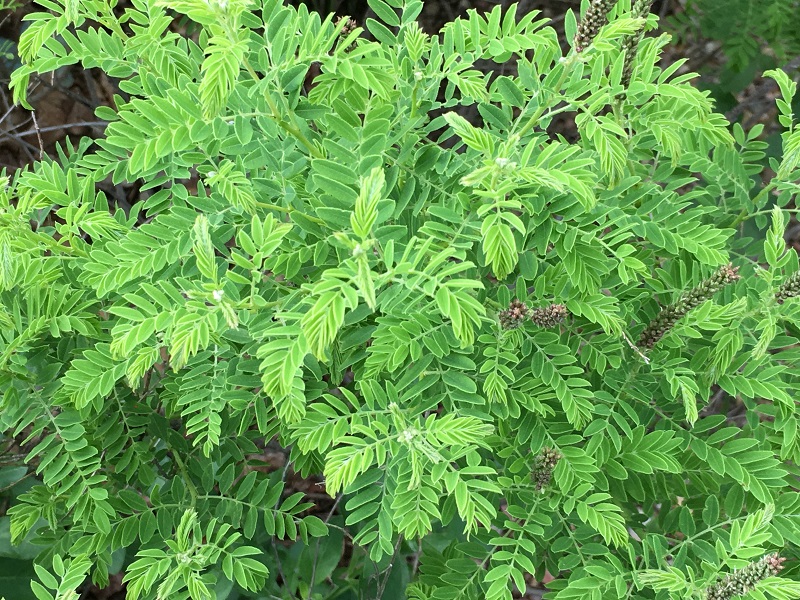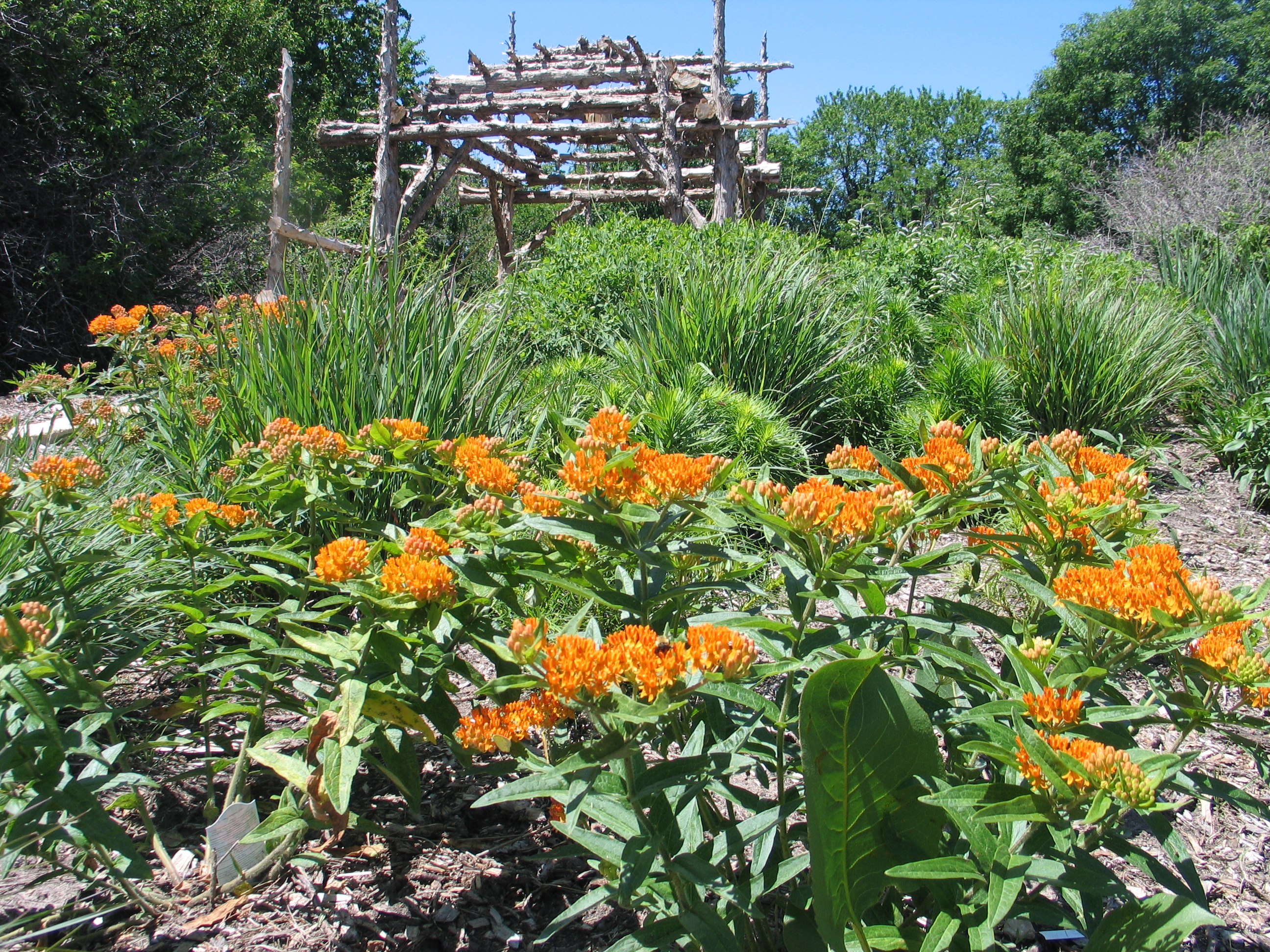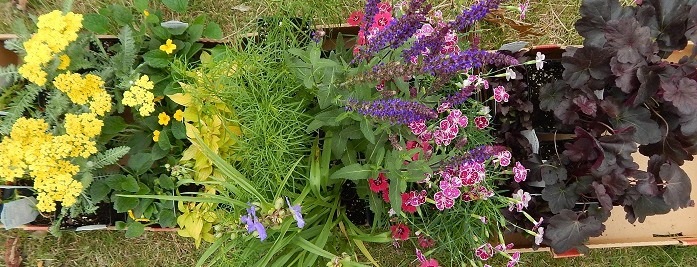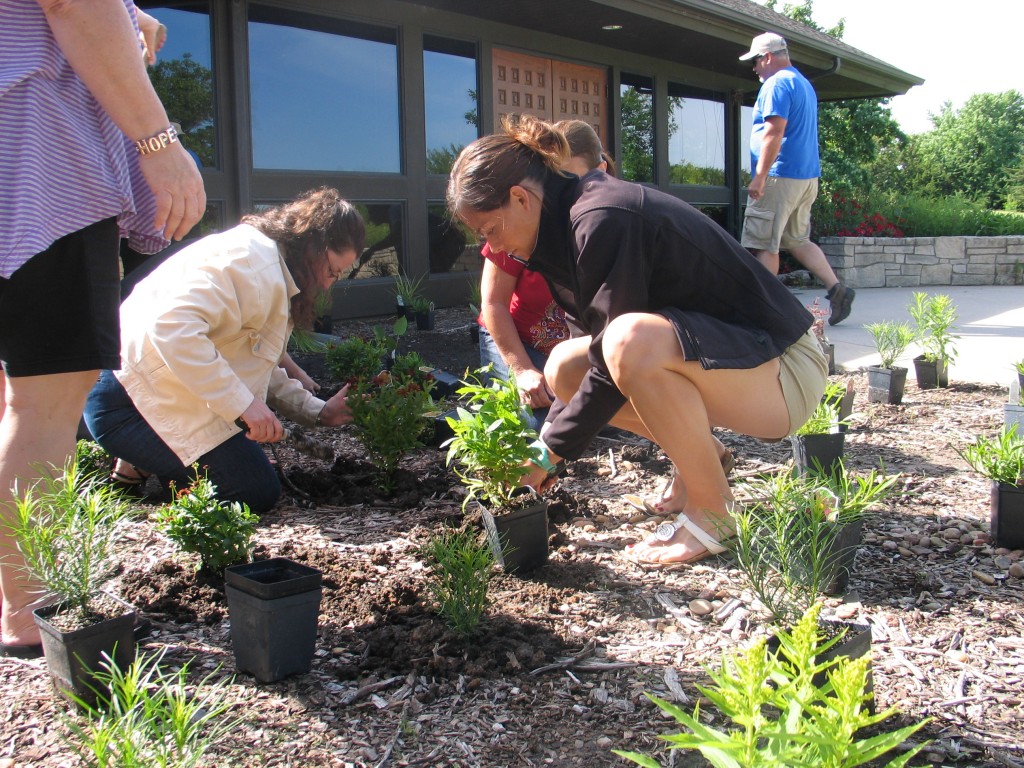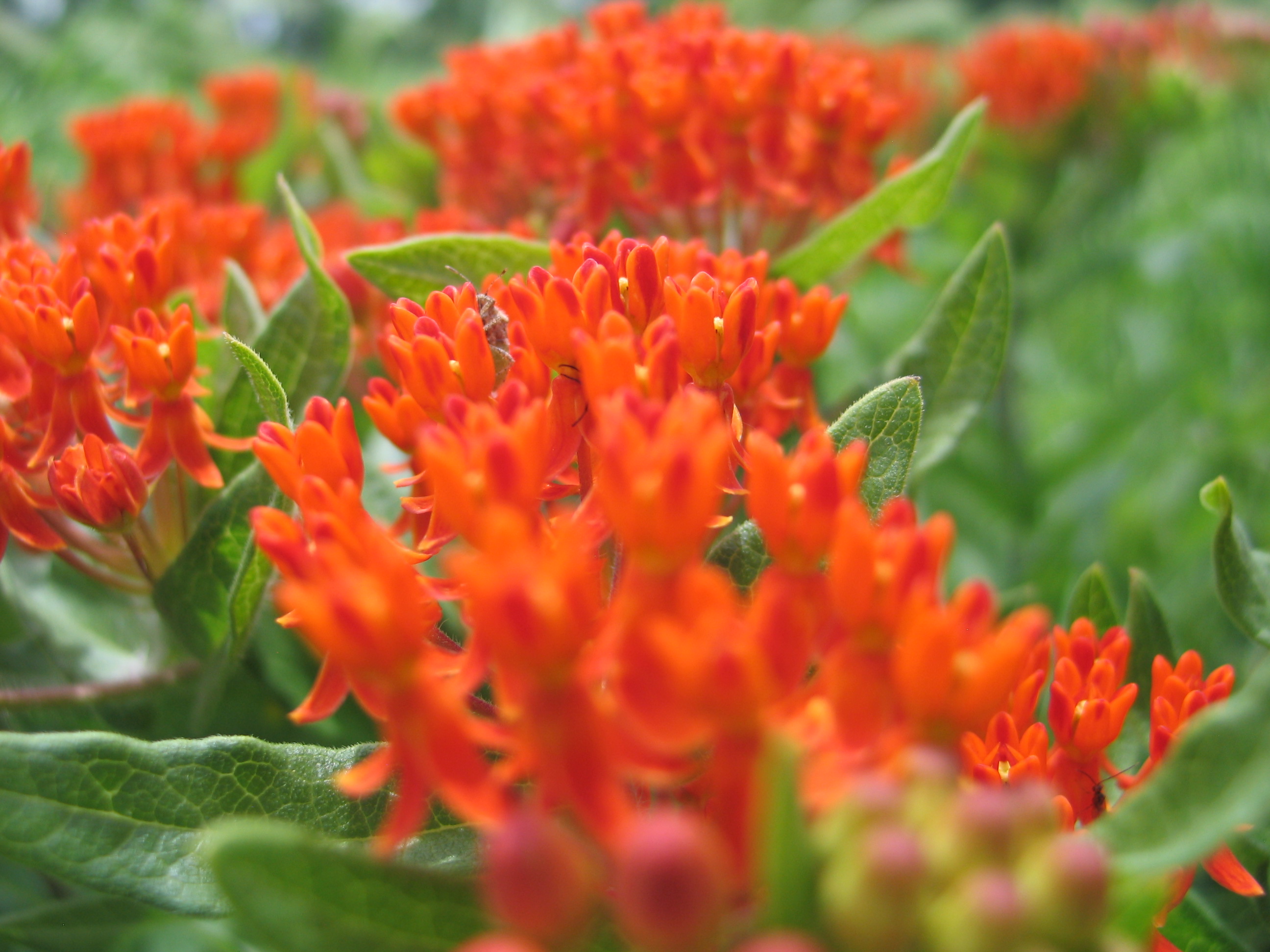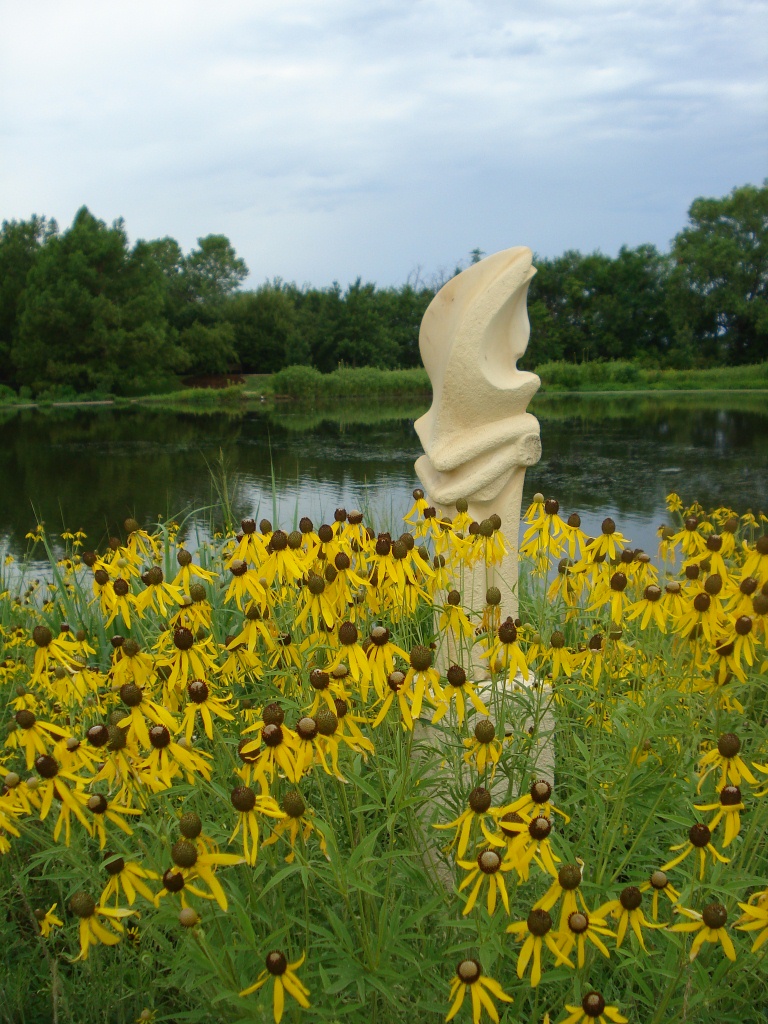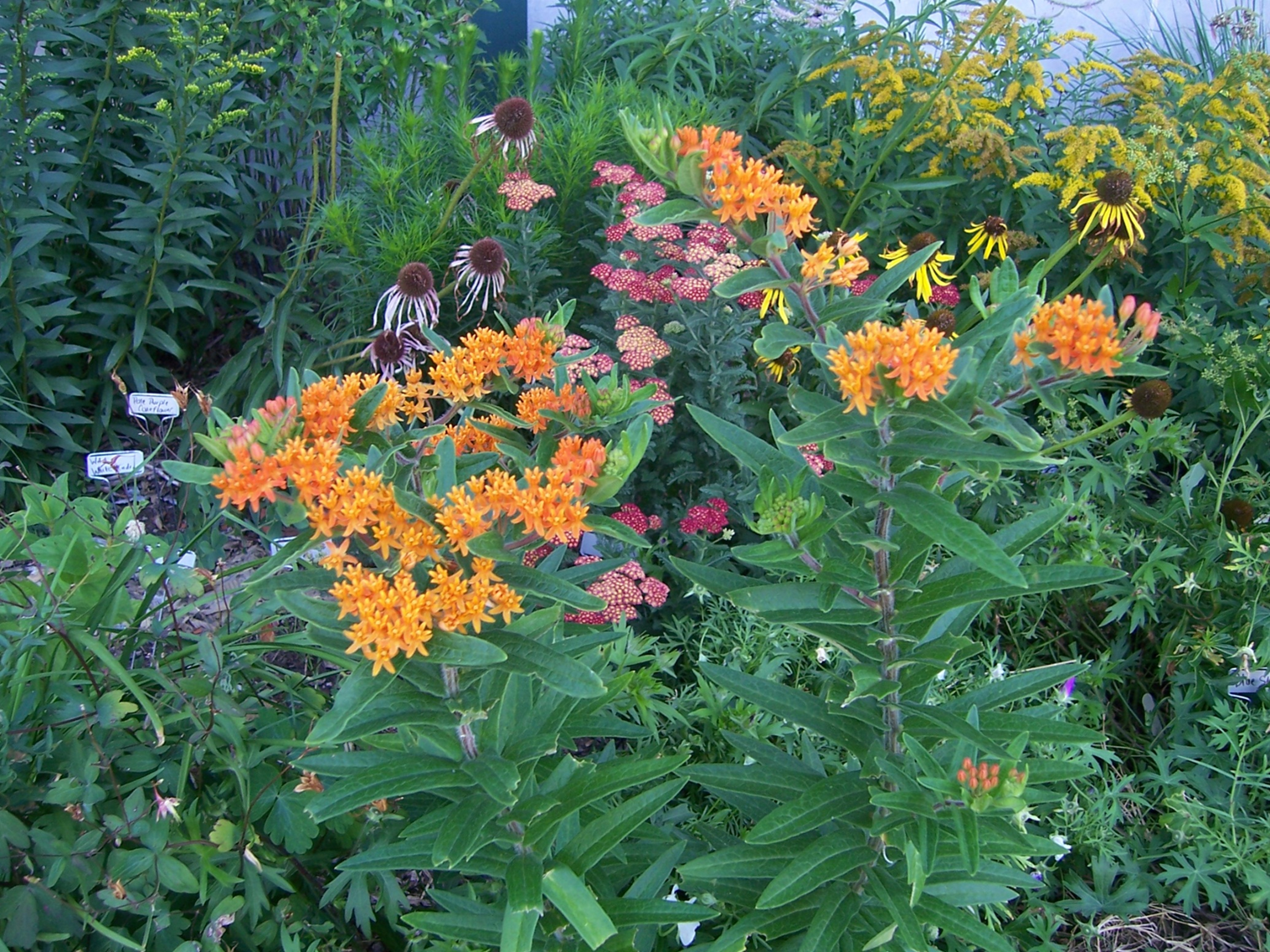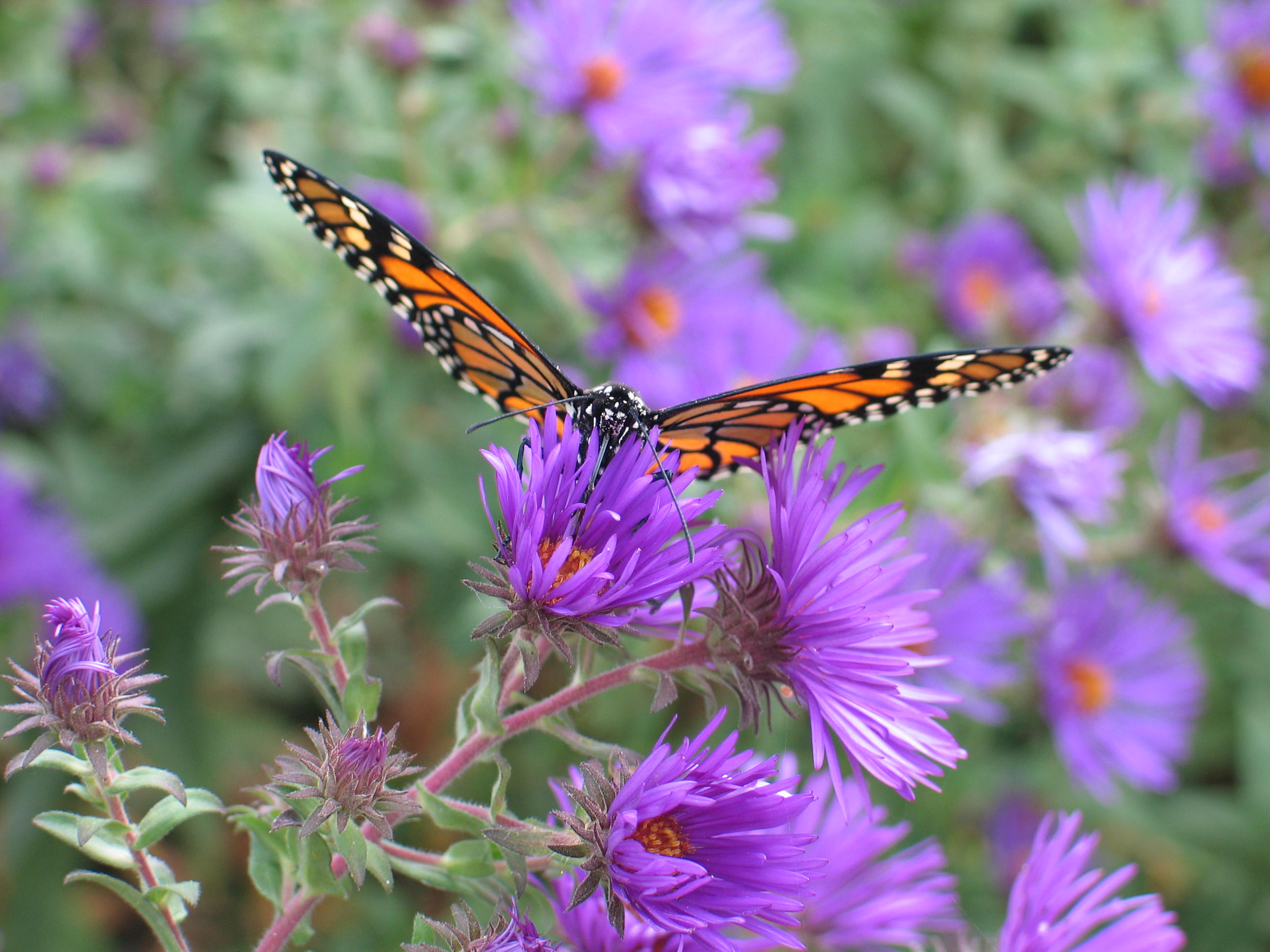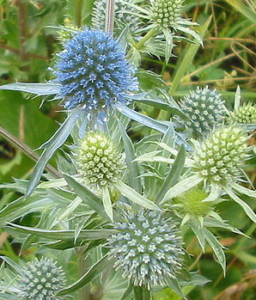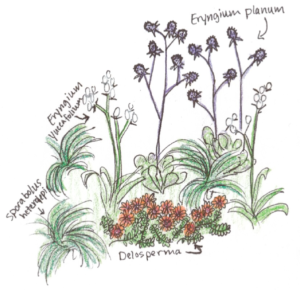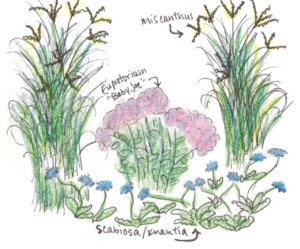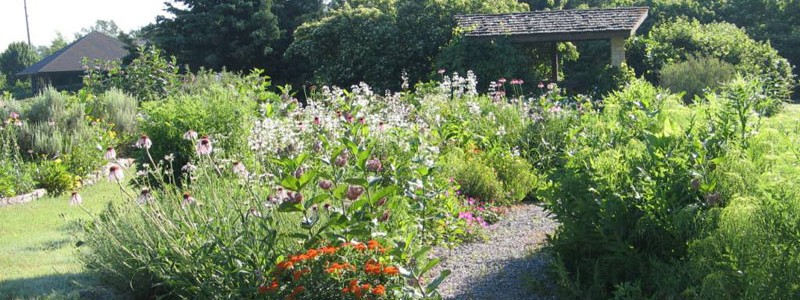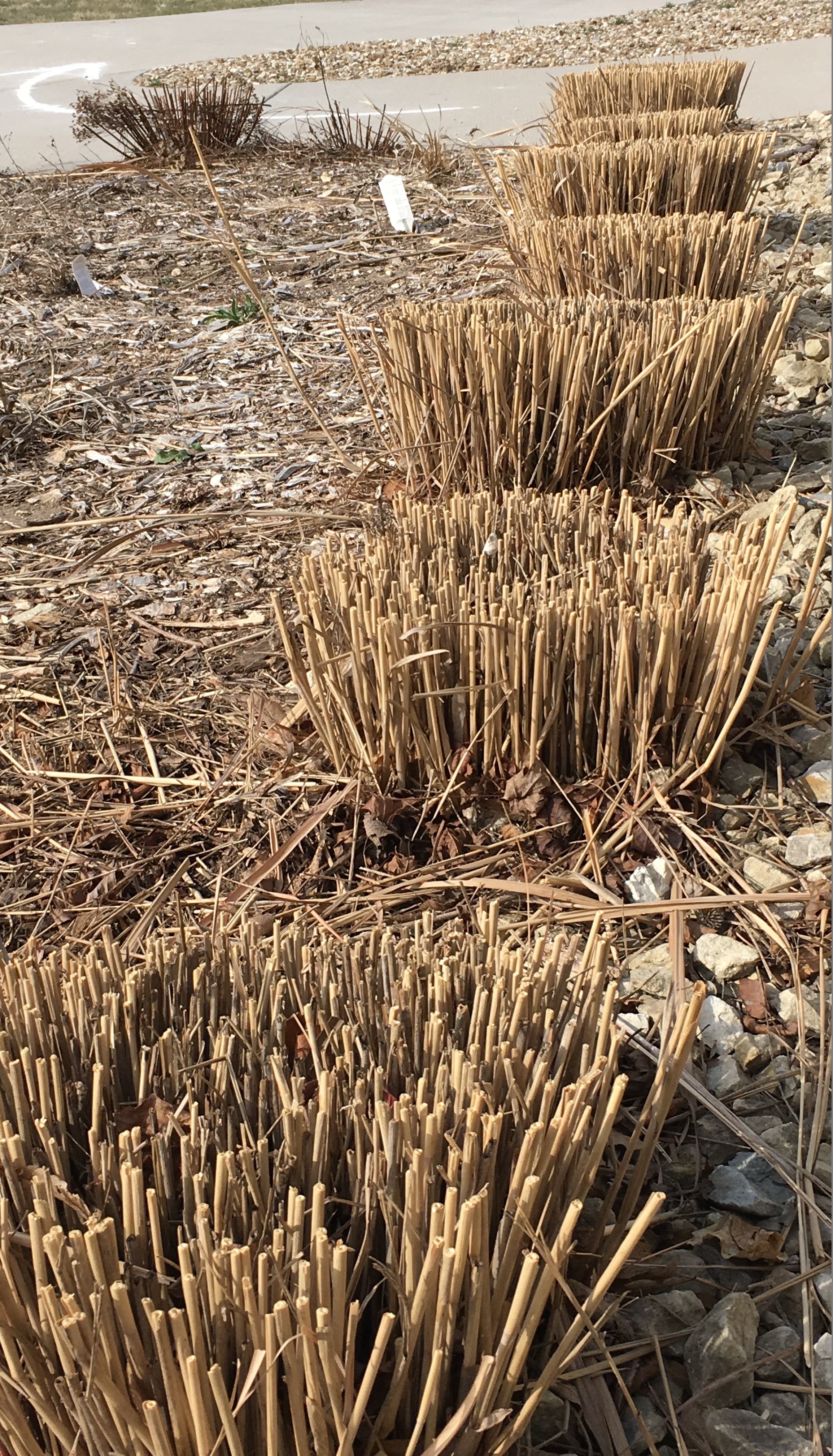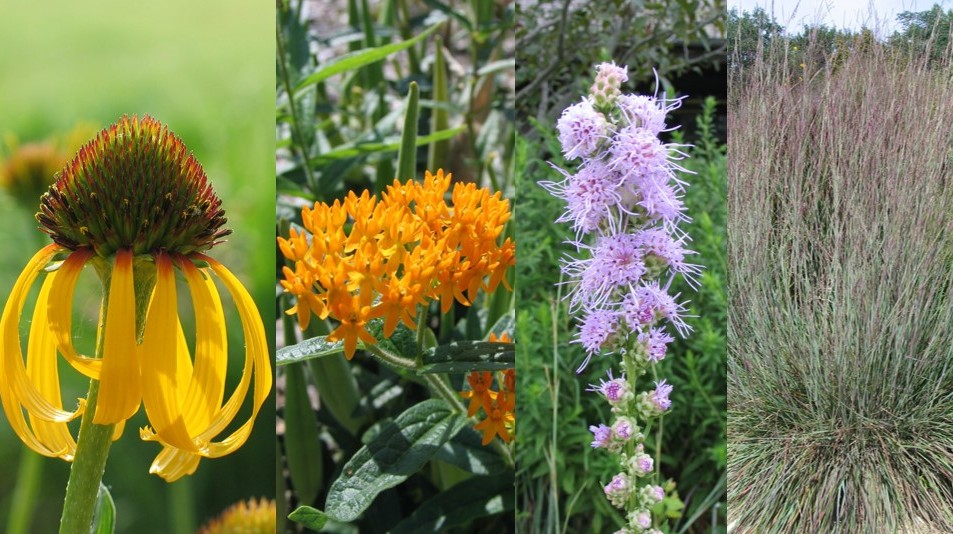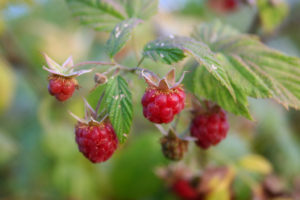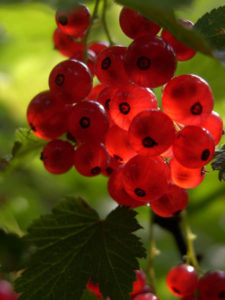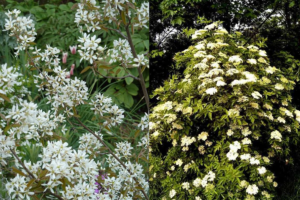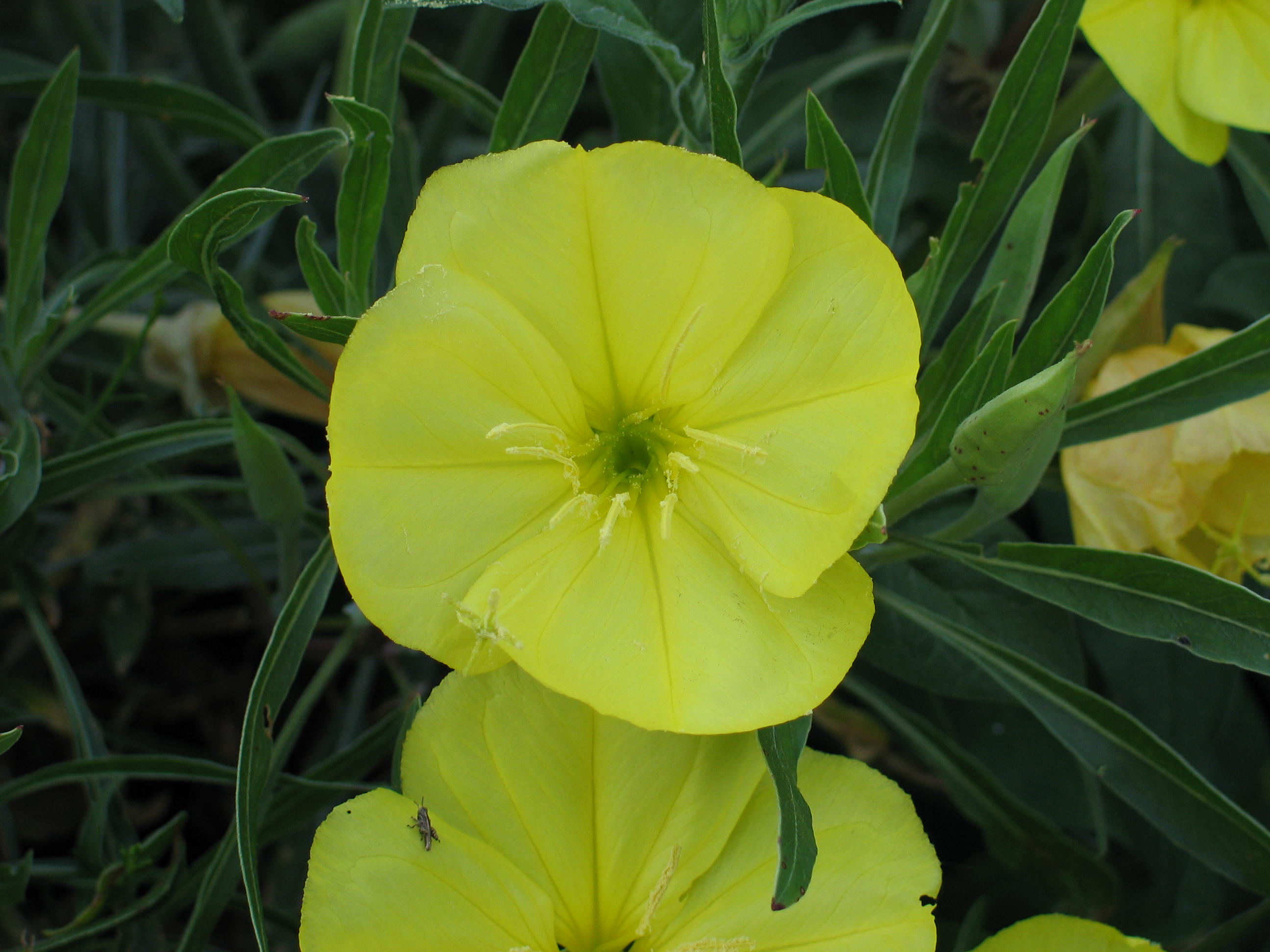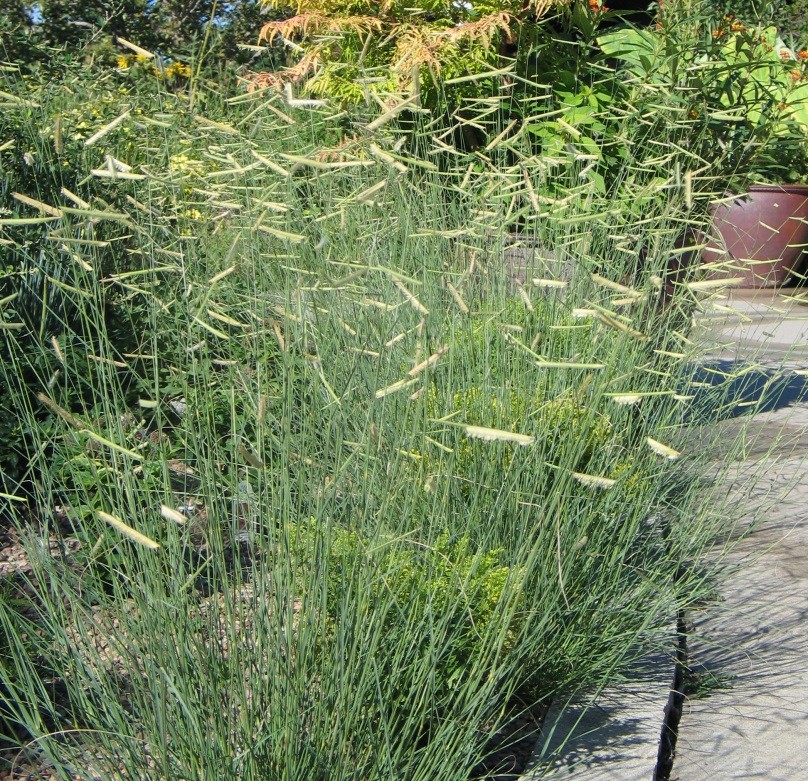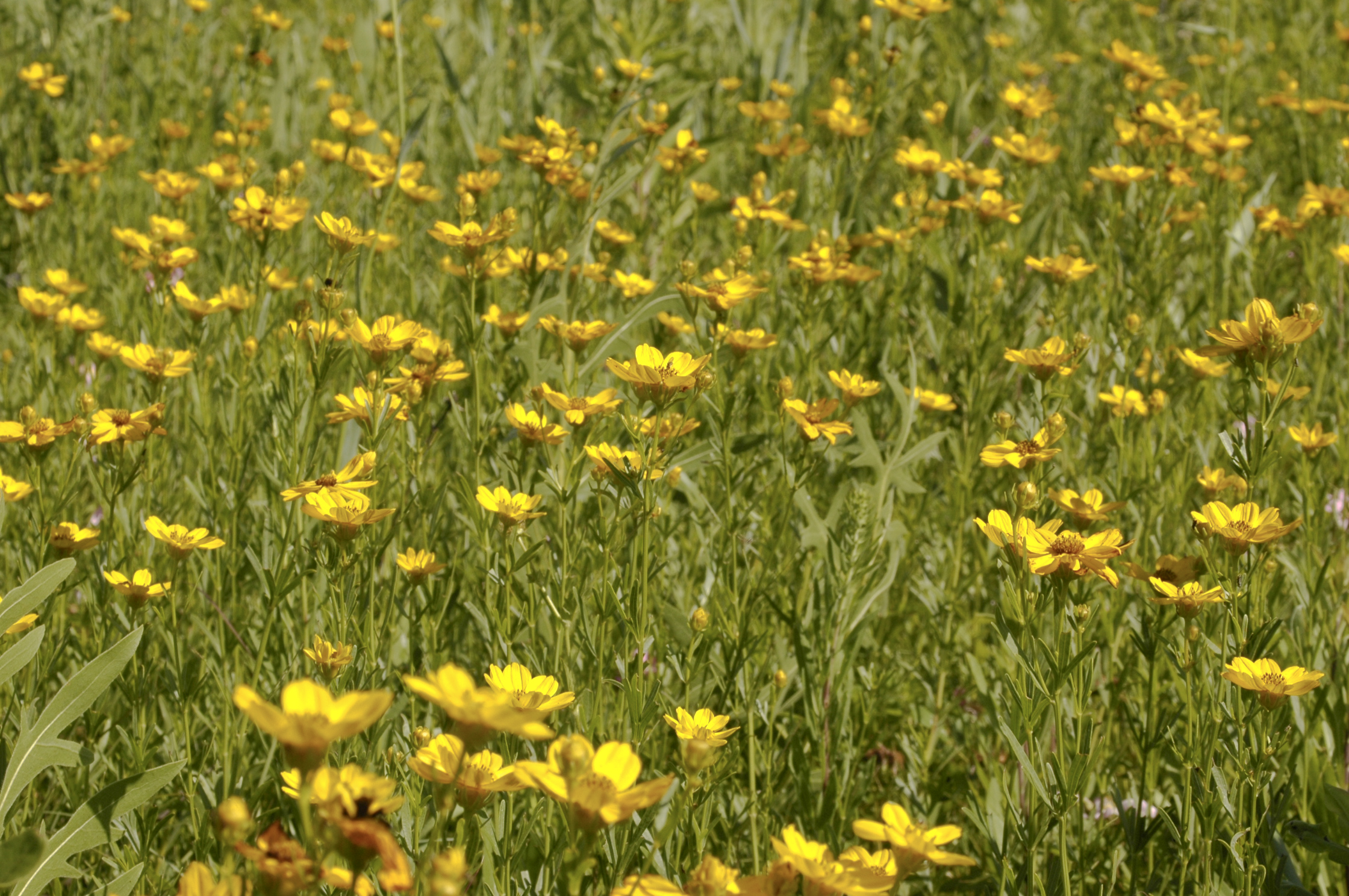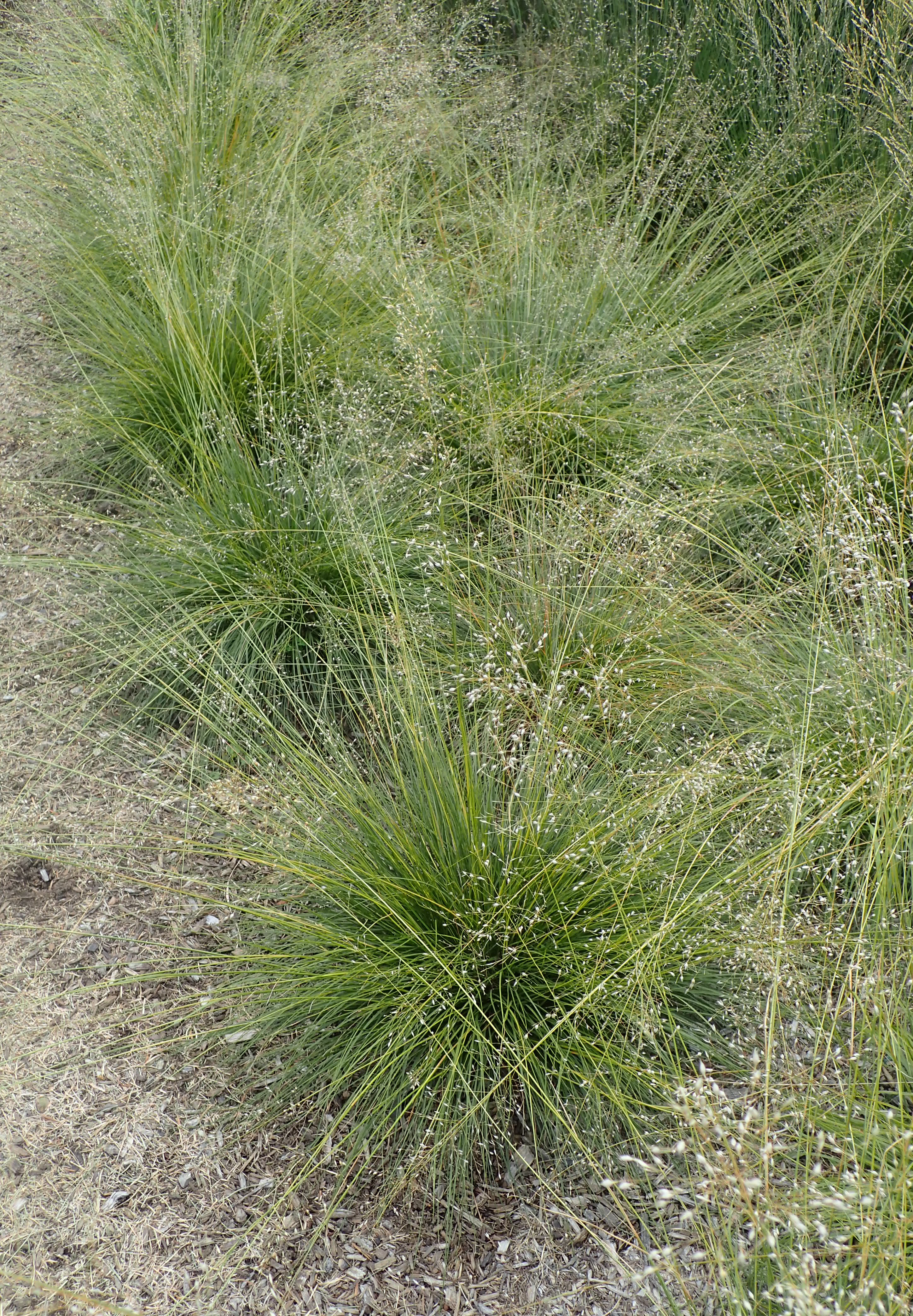An interesting thing happened in the Fall of 2012, after one of the hottest and driest summers on record – the prairie bloomed. The historic drought was harsh and many plants that were borderline hardy in Kansas were lost, but very few of the wildflowers and grasses of the prairie were lost. Asters, blue sage and goldenrods bloomed in spite of the brutal summer conditions. The native grasses, though much shorter, survived.
This was a great lesson about one of the ultimate surviving landscapes—the prairie.
Kansas has some of the largest expanses of the tallgrass prairie in the United States. Less than four percent of the original North American prairie land is left. This sea of grasses and wildflowers survives floods and drought, high and low temperatures, grazing, fire and many invasive species. The deep roots and adaptability make it one of the most resilient landscapes in the world.
This prairie ecosystem manages heat and drought through adaptation. The deep roots absorb water that other shallow-rooted plants can’t touch. Plants go dormant during drought to conserve water and maintain growing points just at or below the soil surface. Once conditions improve, these plants begin to grow again. Leaves are shiny or have tiny hairs to reduce water loss. Grasses stay shorter and produce fewer seeds.
Each of these adaptations help the prairie plants survive and use less water. This diverse ecosystem is resilient – more resilient than many other landscapes and certainly more resilient than a typical lawn. It provides habitat for wildlife and food and nectar for pollinators. It is a self-sustaining environment that persists through harsh conditions.
Those drought years gave us a chance to evaluate what we are doing with our own landscapes and to take a look at the types of plants that will actually grow here with minimal time, water and maintenance. It provided an opportunity to select new plants that can tolerate adverse weather conditions. More and more Kansans are choosing plants like little bluestem, switchgrass or prairie dropseed. Gardeners are filling up their landscapes with wildflowers such as coneflowers, penstemon, blazing stars, goldenrods, asters and milkweeds in smaller “pocket” prairies. These micro-prairies have all the ornamental qualities of a larger prairie, but on a much smaller scale.
Nature is a good teacher. These plants, which survived and even bloomed after one of the driest summers in recent memory, are amazing. I knew that prairie plants were tough, but that season made me take notice. It made me rethink my own perceptions of what is environmentally-sound landscaping. We can create sustainable plant communities in our own small landscapes simply by copying what nature has done so successfully in creating the prairie. These are beautiful plants that are diverse in form, texture and color. Plants that would work well in any sunny location. The combinations are endless.
The prairie has a legacy of resilient beauty. Embrace what is around you and create a sense of place in your own pocket of the historic prairie land.

